I’ve made my peace with it, but sitting in traffic is annoying. It’s certainly a frustrating way to pass the time. You move forward in painful inches and stops—watching the clock as your destination remains maddeningly out of reach. Learning and development (L&D) can feel the same way when it’s bogged down by endless requests, shifting priorities, and unclear direction. The engine’s running, but progress is slow.
Candice Mitchell, CEO and talent enablement consultant at Talent Collective, offered a roadmap for getting out of gridlock and onto the strategic highway where L&D drives business success in a recent webinar, Stop Fighting to Be Heard: Position Yourself as Business Critical.
In many organizations, L&D is like a side street that everyone turns down when they need something fast. “Can you build a course on this?” “We need training for that!” Before long, the requests pile up like rush-hour traffic. You’re busy, even overworked, but not necessarily heading in the right direction.
The answer isn’t to drive faster—it’s to clear the path. That means understanding the broader route the business is taking and merging learning efforts with that direction, strategically.
Step 1: Read the roadmap (aka, know the business).
Your GPS can’t help you if you don’t know where you’re going in the first place. Step one is to learn the terrain: What are the company’s strategic pillars? What metrics define success? Where is the organization trying to go next quarter, or next year? When you understand that, you can chart learning initiatives that follow the same route. Leave L&D jargon behind and use the language of the business: growth, retention, productivity, and profitability.
You’ll find leaders start to listen when you’re speaking in their dialect, a little language called “results.”
Step 2: Talk to the drivers (aka, know the people).
You can’t navigate effectively without understanding the people who are in the driver’s seat. Spend time with employees at every level. Observe how they work, identify what slows them down, and determine which skills would help them accelerate.
That’s where you discover the potholes, also known as inefficient systems, unclear expectations, or unnecessary training that doesn’t meet the real needs of the business. Sometimes, the best solution isn’t another eLearning module; it’s a shift in process or communication. When you make decisions based on the driver’s experience, the whole journey gets smoother.
Step 3: Merge the lanes (aka, bridge business and people).
Here’s where things really start to move. Once you know where the business is heading and what your people need, it’s time to merge those lanes.
Instead of responding to isolated training requests, align your initiatives with business goals. If retention is the company’s top priority, focus on leadership development and career mobility. If efficiency is key, target workflow learning that reduces rework and downtime.
Step 4: Use the satellite view for navigation (aka, keep the big picture in mind).
When traffic builds, zoom out on the map for a more holistic view of what’s going on. Looking at things from an aerial view will help you see (and consider) the whole system before deciding which turn to make.
- Global Trends: How are forces like AI, hybrid work, and globalization changing the road ahead?
- People Trends: What’s driving employees (career growth, purpose, flexibility)?
- Industry Trends: How does your sector’s route differ from others?
- Company Focus: What are the key business metrics that define success now?
- Learning Solutions: Then, design the program that gets you where you need to go.
Notice that training comes last. You wouldn’t start driving before choosing a destination, right? So, why build content before you define the strategy?
Step 5: Check the dashboard (aka, show your value)
Every driver glances at their dashboard to make sure they’re on track. How fast are we going? What’s the mileage? How are we doing on gas? L&D needs to do the same. And remember to measure and communicate your results in business terms your stakeholders understand:
- Did onboarding shorten time-to-productivity?
- Did your leadership program reduce turnover?
- Did a sales initiative drive higher close rates?
Pair the data with stories that humanize the numbers. Talk about real learners whose confidence, clarity, or collaboration improved because of your work. Metrics show the distance traveled, and stories remind people why it matters.
Step 6: Shift gears (aka, advocate for yourself)
L&D professionals are often content to stay in the back seat, letting others steer strategy. But it’s time to grab the wheel, folks.
Ask to join early planning discussions. Offer insights that connect learning to upcoming business initiatives. Don’t wait for a green light. Signal your intent to lead. When you drive alignment proactively, leaders start to see you not as traffic control, but as the navigation system that gets everyone where they want to go.
Be the GPS!
At ELB Learning®, we help organizations turn their traffic jams into superhighways of performance. Our learning strategy services connect learning goals directly to business outcomes.
If you’re ready to hit the fast lane, watch the full webinar below and click here to learn more about our learning strategy services.
_______________
Disclaimer: The ideas, perspectives, and strategies shared in this article reflect the expertise of our featured speaker, Candice Mitchell. Be sure to follow her on LinkedIn to explore more of her insights.







